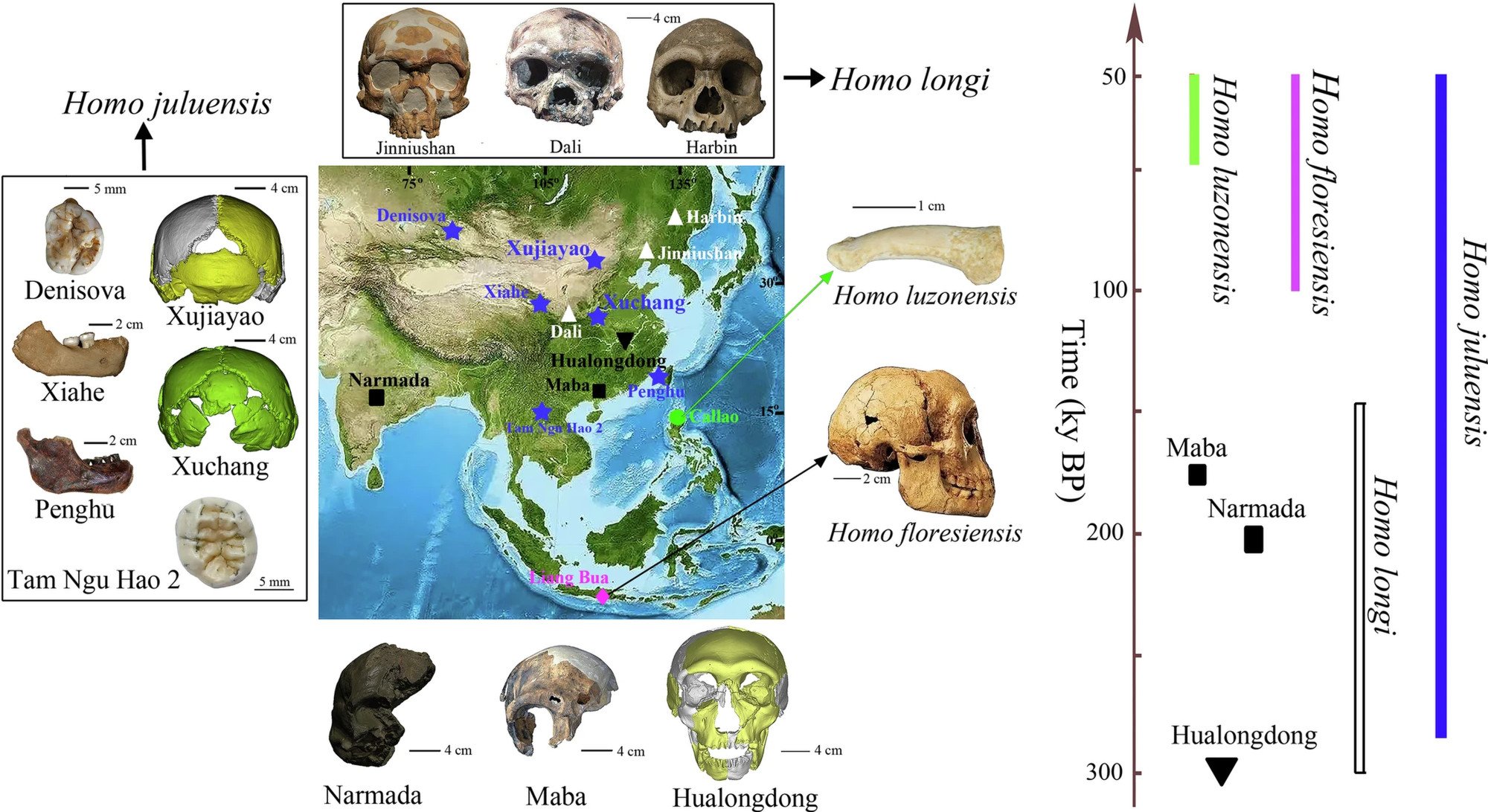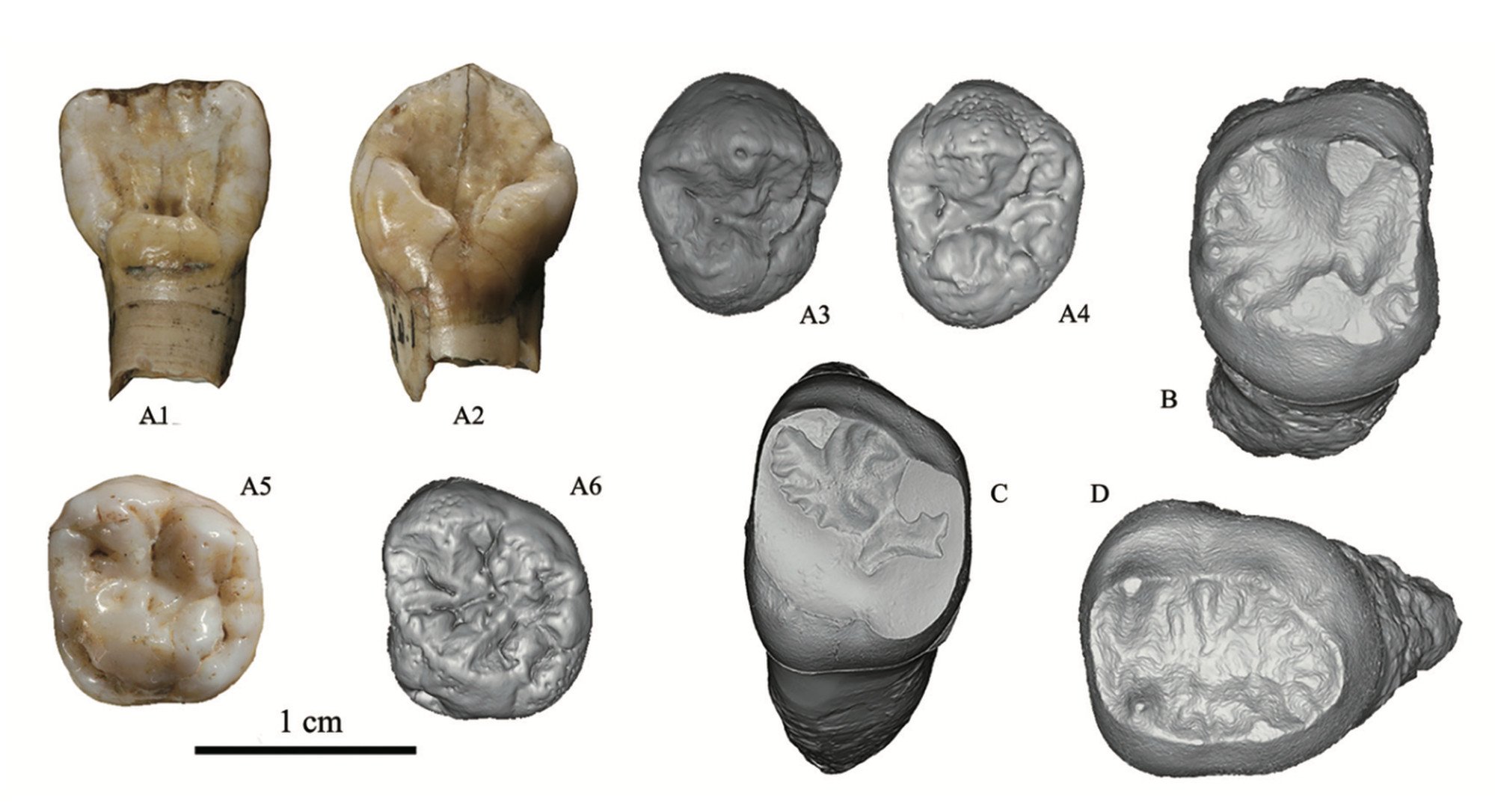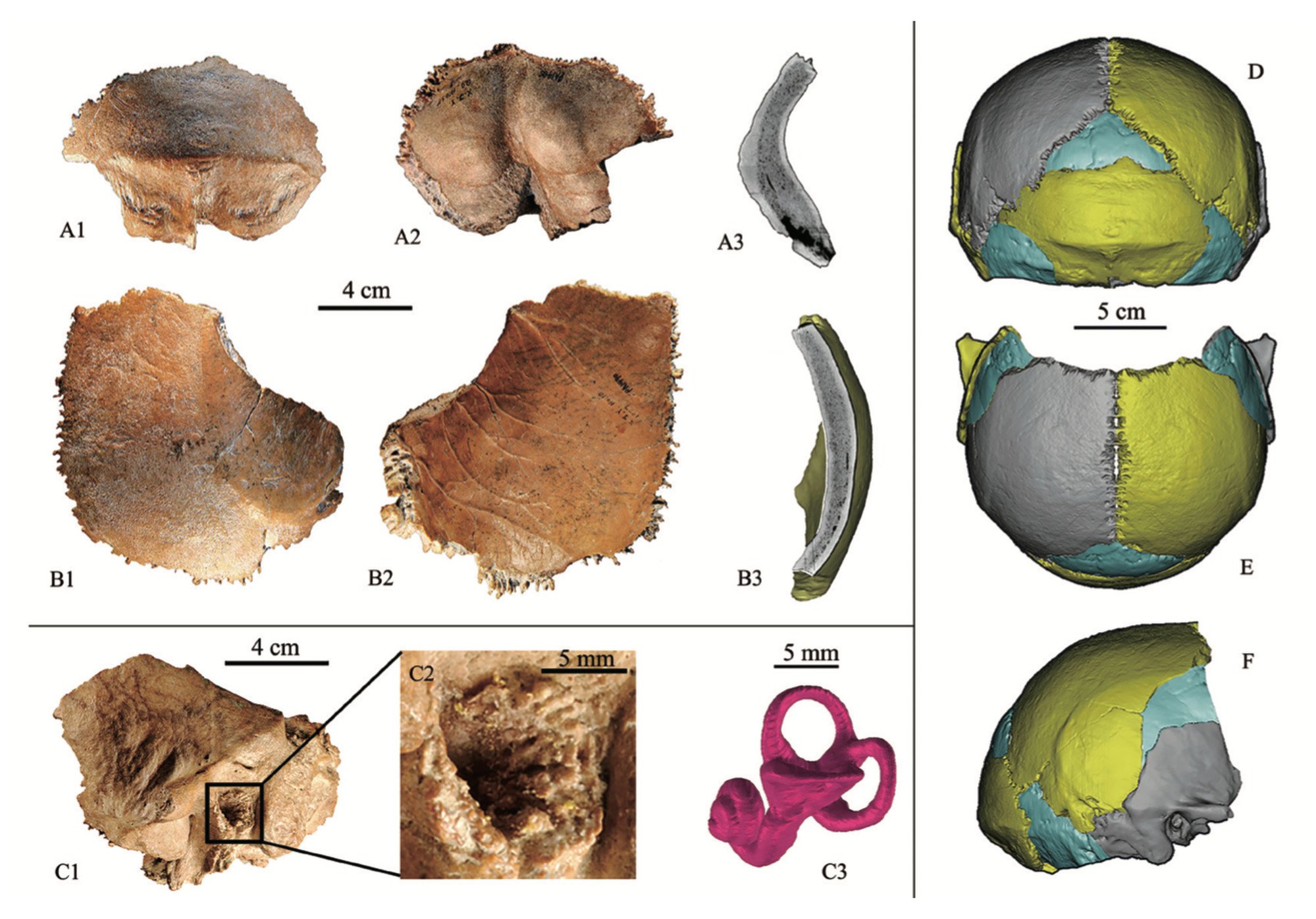Sometime between 200,000 and 160,000 years ago, a group of early hominids who lived in what is now northern China were pursuing their next meal. They were skilled, organised hunters, having mastered primitive tools and weapons similar to spears that they used to kill wild horses.
They not only ate the meat, bone marrow and cartilage, but even made clothing from the animal hides to help them survive the harsh winters. The sturdy individuals also had a distinctive physical feature – relatively large heads with low, wide skulls that accommodated sizeable teeth.
“That is a very substantial difference between modern Homo sapiens, Neanderthal and this new proposed species,” said Christopher Bae, a professor of anthropology at the University of Hawaii at Manoa, and one of two scientists who have dubbed the ancient group Homo juluensis – a new species. Ju lu means huge head in Chinese.
Do you have questions about the biggest topics and trends from around the world? Get the answers with SCMP Knowledge, our new platform of curated content with explainers, FAQs, analyses and infographics brought to you by our award-winning team.
“When you think about Homo juluensis, you are looking at a fairly robust population of hominids,” said Bae, who co-authored an article on the group in the peer-reviewed journal Nature Communications published on November 2.
However, Bae cautioned that a larger cranium did not necessarily mean higher intelligence.
The average cranial capacity of modern adult Homo sapiens is about 1,350 cubic centimetres (81 cubic inches), while Neanderthals, who existed until about 40,000 years ago, had a cranial capacity of about 1,450 cubic centimetres. Homo juluensis had craniums that measured between 1,700 and 1,800 cubic centimetres.

But it is the teeth of Homo juluensis that have held particular fascination for Bae and article co-author Wu Xiujie. The teeth, they believe, have similarities to those of another group of archaic humans – the enigmatic Denisovans, discovered in Siberia in 2008.
The features are similar enough that Bae and Wu, a research professor at the Institute of Vertebrate Paleontology and Paleoanthropology at the Chinese Academy of Sciences, proposed that Denisova be assigned to the new species, Homo juluensis. The idea has caused a stir among researchers, especially in the West.
“Recent research initiatives in China, and broader eastern Asia, are showing clearly that multiple hominin lineages were present during the Late Quaternary,” the researchers said in their article, referring to a time about 300,000-50,000 years ago.
“The eastern Asian record is prompting us to recognise just how complex human evolution is more generally and really forcing us to revise and rethink our interpretations of various evolutionary models to better match the growing fossil record.”
The Homo juluensis fossils were excavated in the late 1970s at a site known as Xujiayao on the border between the provinces of Shanxi and Hebei. Fossils from Xuchang in the central province of Henan were also considered the same species, the researchers said.
Wu said fossils from Xujiayao and Xuchang shared the same inner ear system, which helps an individual to maintain balance.

“Both groups share inner ear characteristics that were considered unique to Neanderthals before our 2014 study. It has not been identified in other ancient Chinese human fossils and could be a result of interbreeding,” she said.
In Xujiayao, researchers not only unearthed bone fragments from 16 individuals, they also discovered thousands of artefacts, stone tools and animal bones, all of which pointed to a horse kill site.
“They would probably group hunt – surround a group of horses and then attack them as a group. In Xujiayao, they were probably processing the horses there at the site,” Bae said, adding that the group would have had full access to the meat, the marrow and the cartilage.
“They would be able to make some clothes. Living in northern China is not the easiest environment, especially in the winter time, it gets really cold. They were processing the hides with some of these stone tools.”
Bae said the ancient hunters also likely lived in small groups, which made them vulnerable to being trapped in snowstorms, eventually disappearing and dying off.
“This is part of the reason why the population density of Homo juluensis is probably never as big as when modern humans moved out of Africa ... in larger numbers. They genetically swamped the indigenous populations like neanderthalensis and juluensis,” Bae told the Post.
As Homo sapiens spread across the world, interbreeding took place between modern humans and indigenous groups, resulting in tiny genetic traces from local peoples, Bae said.
Today, genomes from human lineages originating in Europe contain around 2 per cent of Neanderthal DNA sequences, while those from Asia have a slightly higher percentage.
Homo juluensis began to disappear as they integrated with the earliest modern humans who arrived in China about 120,000 years ago.
But the Denisovans, whose bone fragments were discovered in a namesake southern Siberian cave, and were identified to be cousins of Neanderthals, should instead be included in Homo juluensis because of matching teeth traits, according to Bae and Wu.
“One of the things that always stood out about the Denisova molars was that they were quite large. The molars from Xujiayao from our type specimen are also quite large,” Bae said.
The evidence for the researchers came from comparisons of the biting surfaces, where the top and bottom teeth are in contact while chewing. They found that the morphology of the occlusal surface of the molars from Denisova and Homo juluensis was “almost exactly the same”, thus establishing the connection, Bae said.
Bae said their proposal was likely to be debated by palaeoanthropologists because “a lot of Westerners said that the Chinese fossils should be called Denisova, not the other way around”.
But Wu and Bae argue that Denisova is the name of a general population – not of a species – and should be assigned to a species if it could be confirmed.

“So far, only a limited amount of fossils have been discovered, including a few teeth. The most noticeable characteristic is that these teeth are of a large size, just like fossils from Xujiayao,” Wu said, adding that the Denisovans were revealed by genes alone, not by fossil classification.
“From teeth and dating analysis, we think Denisova most likely belongs to Homo juluensis based on their similarities,” she said.
Bae said it was important to “decolonise our field for Asian palaeoanthropology to stand on its own” and “eventually for the name juluensis to be accepted”.
“Whether it includes the Denisova fossils or not is probably going to be a separate story, but I think in China, there will be a lot of support for this,” he said, adding that they will present their findings at a science conference in China next month.
More from South China Morning Post:
- Humans nearly wiped out a million years ago, Chinese study suggests
- China ‘Liujiang Man’ skeleton originally believed to be more than 200,000 years old was probably far younger
- Wildfires sparked ‘the Great Dying’ on Earth 250 million years ago, Chinese study confirms
For the latest news from the South China Morning Post download our mobile app. Copyright 2024.





